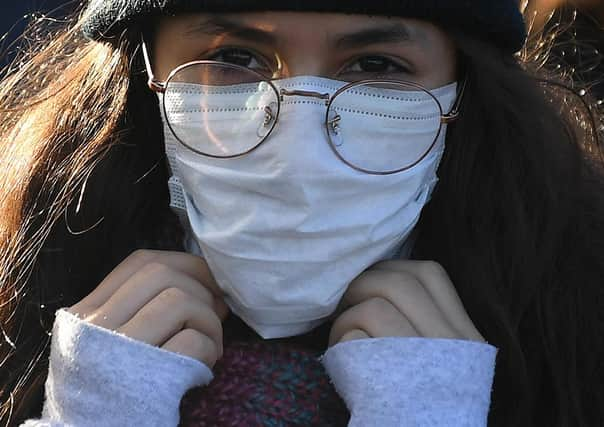Home-made face masks should have two layers, says research


Droplets containing the coronavirus are propelled into the air when infected people cough, sneeze and speak.
Face masks are thought to help protect healthy people from inhaling virus particles as well as reducing the onward spread from those who are already contaminated.
Advertisement
Hide AdAdvertisement
Hide AdIn Scotland and elsewhere new rules have made it compulsory to wear face coverings on public transport and in shops in a bid to reduce the chances of spreading the disease.
With worldwide shortages of personal protective equipment and concerns over the environmental and financial impacts of disposable masks, many people are opting for reusable alternatives.
Several types of material and designs have been suggested for people making their own masks at home, but there has been little or no evidence to show how well they work.
Now a team of scientists based in Australia has carried out tests on various combinations of fabric to establish their effectiveness at blocking potentially lethal airborne droplets
The level of protection offered by hand-crafted coverings was also compared against that of medical-grade equivalents.
The results showed a three-ply surgical mask was most effective, but even a single sheet of T-shirt material was able to guard against droplets ejected when talking.
A double-layer covering was more efficient at reducing particles spread from coughing and sneezing, but three layers was better still.
The researchers, from the University of New South Wales in Sydney, Australia, there are several other factors which contribute to the effectiveness of cloth face masks, including the type of material used, the design and fit and the frequency of washing.
Advertisement
Hide AdAdvertisement
Hide AdHowever, they say a home-made fabric mask with at least two layers is preferable to a single-layer mask and official guidelines “should stipulate multiple layers”.
The UK Department of Health has published guidance for the public on how to make masks at home.
It recommends sewing together “two or three 25cm x 25cm squares of cotton fabric” and using elastic to attach it round the ears.
The government and the World Health Organisation have been keen to advise people to make their own cloth face coverings in a bid to ensure surgical masks will be reserved for health workers.
The public is advised by the Government to wash their hands before putting a covering or mask on or taking it off, and to avoid touching their eyes, nose, or mouth while wearing one.
Face coverings should be stored in a plastic bag until they can be washed or disposed of, the Department of Health said.
Comments
Want to join the conversation? Please or to comment on this article.